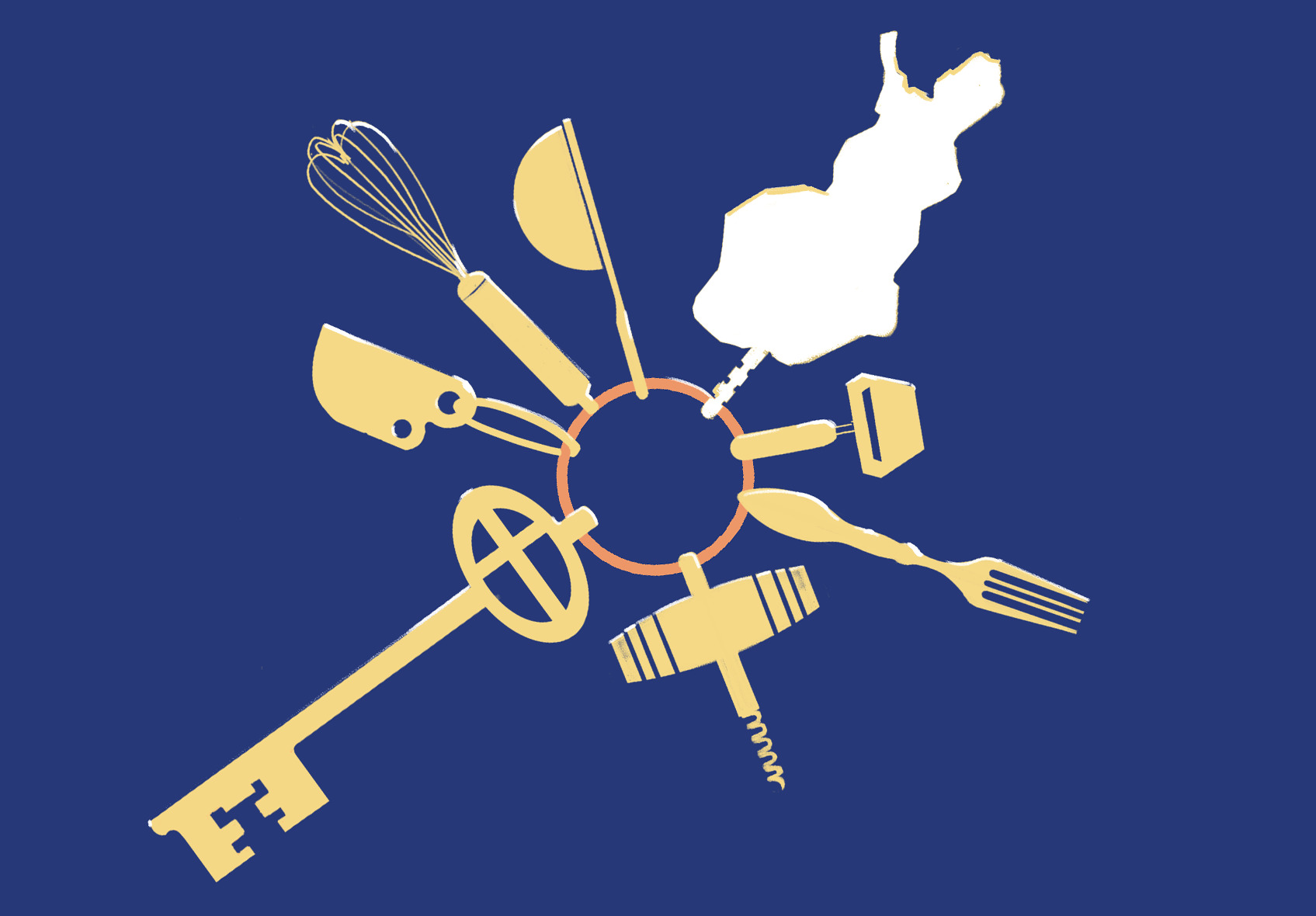INGREDIENTS OF THE FINNISH FOOD INDUSTRY
Interviewing 16 different types of food industry players, including suppliers, investors, cafes, restaurants, and retail chains, draws a picture of an industry with long traditions yet undergoing large transformation resulting from innovations in how we design, produce, choose, deliver and enjoy food. The industry players brought up a large variety of both challenges and rising opportunities, with four common themes emerging.

CHALLENGES IN BRANDING
Many stakeholders in the food industry saw that the companies were failing with the marketing and selling of their products. Marketing was seen to lack a clear and compelling focus, and often cut corners. While the number of encouraging examples like Kyrö Distilling Company and 3 Kaveria ice cream was seen to be on the rise, many felt than most Finnish food companies had not yet managed to build brands that would truly speak to the customers.
“We have never understood the importance of unique, long-term and inimitable brands. That is our biggest challenge. No crop anywhere in the world, except north of Helsinki, get as many hours in the sun between the months of June to August than in Finland.”
– Jyrki Sukula
Less mentioned challenges included a lack of financing and recourses, as well as strict regulation and legislation that could slow down development.
COLLABORATION ACROSS THE INDUSTRY
A lack of communication and connection between industry players from different fields and of different sizes was seen as another common challenge. With better collaboration, stakeholders could complement each other to help novelties all the way to the grocery aisles, such as large companies having better resources and small companies offering many food innovations.
“If we compare our startup ecosystem to let’s say California, they have more foodtech-focused startups. And surprisingly, many of them are located within close proximity to one another. In Berkeley, there is this one block where a bunch of them are located. So, many of the world’s top foodtech startups are based in the same block. They are constantly going to eat lunch together, sharing their experience, lending their resources. Here in Finland, we live more dispersed, but in the same way as in the States, we should be able to build close relationships between the foodtech players.”
– Lauri Reuter / Nordic Food Tech VC
Yet, many interviewees reported that recent years have seen rapid and even disruptive changes within the food ecosystem, as new players have emerged, and old ones have shifted their roles. Especially startups were seen as flexible changemakers, forcing established players to reinvent themselves as well. Increased interconnectedness across the ecosystem has been a fertile ground to build new collaborations on.
SCALABLE SUSTAINABILITY
Industry-wide collaboration was called for to advance environmental and sustainability issues. There was a clear call for the industry to focus on quality over quantity to minimize food waste. Environmental issues were seen to concern the whole food supply chain, from the ways we grow our food to the material we package it in. Concerns ranged from ensuring the security of food supply and the viability of food producers without ruining the environment, to the future outlook of two of our significant industries, meat and dairy.
Despite, or maybe because of, sustainability is a serious challenge for the food industry, many positive recent developments within the food industry have tackled sustainability challenges or, at least, increased awareness about the urgency of the issues. The safety of the Finnish food due to trustworthy processes and surveillance was listed as a core strength of the Finnish food ecosystem and was seen as beneficial for new sustainable innovations. The growing number of vegan and vegetarian products was highlighted as one example of increased sustainability and health awareness. In the future, these product categories were seen to only increase more. For example, vegan craft chocolatiers reflected that sustainability and business go hand in hand for them.
“Of course, if our sales increase, we have more resources at hand to create an impact. Therefore, the more we sell, the wider impact we’re able to create.”
– Jukka Peltola / Goodio

NEW THINGS COOKING
New innovations by food ventures were seen as a key opportunity and increasing ability of the Finnish food industry. Gold & Green with their Nyhtökaura, Pouttu with their Muu product range and Solar Foods with their protein derived out of air were frequently mentioned as examples of promising recent innovations by Finnish food companies. Although startups were seen to be at the forefront of disrupting the industry with their novel foods, also larger and more established players were seen to have woken up to the need to renew themselves and have added fire to their flames of innovation.
 Aalto DF
Aalto DF